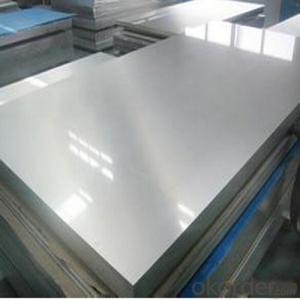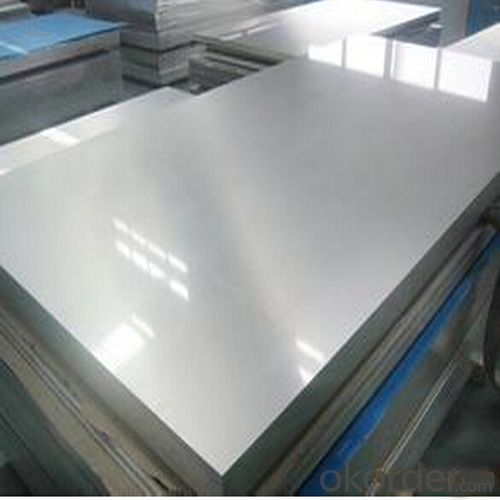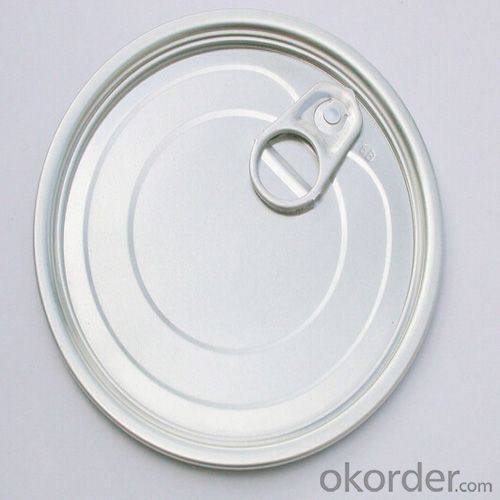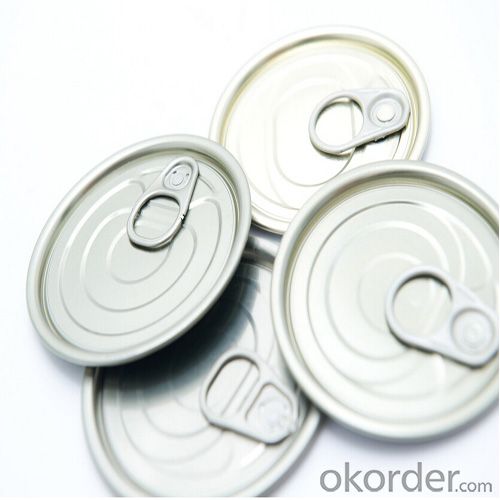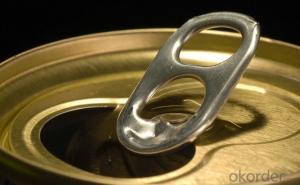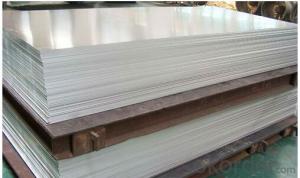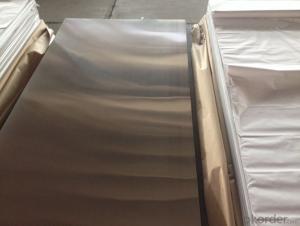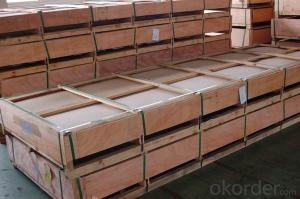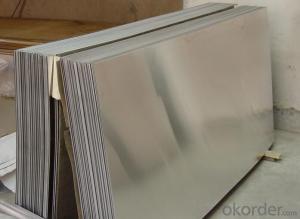Aluminum Sheets Alabama - Aluminium Sheet 8011 for Ring Pull Can with High Quality
- Loading Port:
- Shanghai
- Payment Terms:
- TT OR LC
- Min Order Qty:
- 5 m.t
- Supply Capability:
- 10000 m.t/month
OKorder Service Pledge
OKorder Financial Service
You Might Also Like
Specification
1.Structure of Aluminium Sheet 8011 for Ring Pull Can Description:
We supplies aluminum sheet and coils for the manufacture of bottle closures. Applications range from screw caps for whiskey and other beverage bottles to aluminum closures for wine bottles. ROPP cap material can be ordered as rolled, degreased, pre-lubed, pre-treated and / or lacquered.Commonly used in aviation,shipping field,also extensive used in the conventional industry,such as cars,planes,welding pieces,Metro and light rail,need strict fireproof pressure vessel,such as liquid tankers,refrigerated trucks, refrigerated container,refrigeration equipment,television tower,drilling equipment,transportation equipment,missile parts,armor,etc.
2.Main Features of Aluminium Sheet 8011 for Ring Pull Can:
Light weight
Easily and economically recycled
Superior barrier qualities
Good formability
3. Aluminium Sheet 8011 for Ring Pull Can Images:
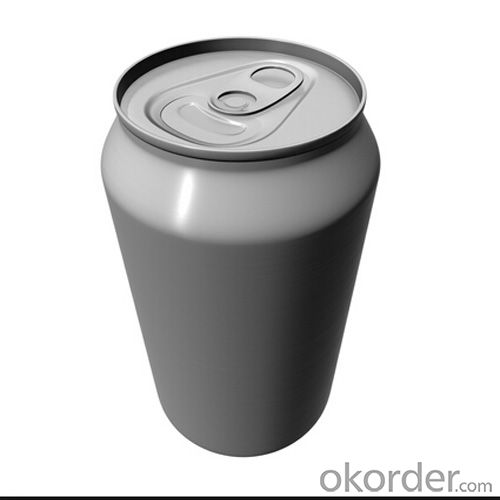
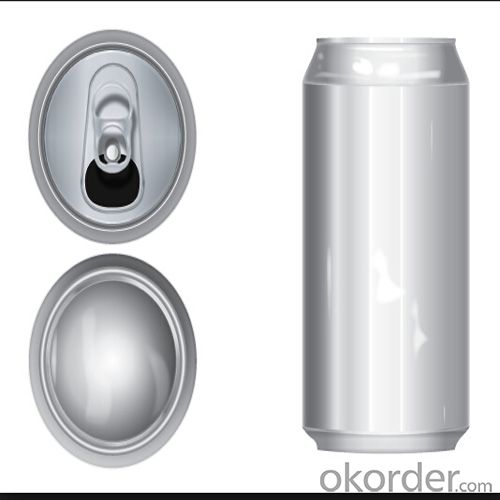
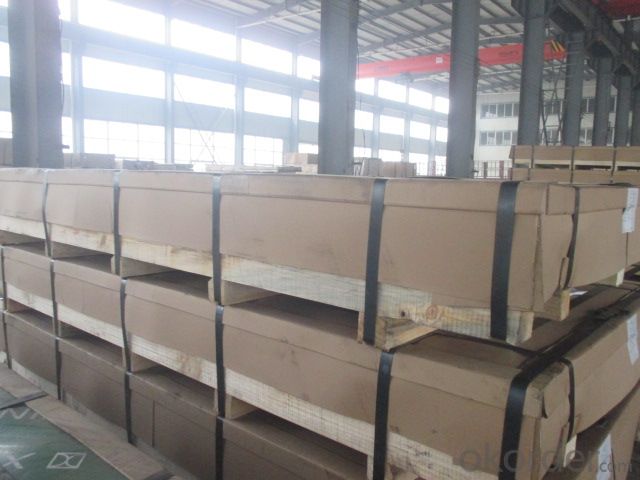
4. Aluminium Sheet 8011 for Ring Pull Can Specification:
Alloy | Temper | Specification (mm) | ||||
Thickness | Width | Sheet Length | ||||
Sheet | Strip | |||||
8011 5052 5182 | H14, H24, H16, H26 | 0.16~0.23 | 500~1300 | 50~1300 | 500~1500 | 75, 150, 300, 350, 505 |
5.FAQ
Q1.How long have you been in this product?
A1:More than 10 years.
Q2. What's the minium quantity(MOQ)?
A2. 5 Metric tons
Q3. How long is shipping time?
A3. 7 (ready-made products)-25 days(OEM)
Q4. How do you guarantee the quality?
A4. 1. Cooperating and Exchaning experience with sevral quoted aluminum companies
2. Japanese and Swiss production line and skilled works (regular training and testing)
3. more than 10 years production experience.
Q5. Do you have after sale service?
A5. Yes. Any quality problem occurs within one year, pls take photoes,we will be responsible.
- Q: Can aluminum sheets be used for modular construction?
- Yes, aluminum sheets can be used for modular construction. Aluminum is lightweight, durable, and corrosion-resistant, making it an excellent choice for modular construction applications. It is commonly used for building facades, roofing, and structural components in modular construction due to its strength-to-weight ratio and ease of installation.
- Q: Can aluminum sheets be coated with protective films?
- Yes, aluminum sheets can be coated with protective films.
- Q: Are aluminum sheets suitable for interior design applications?
- Yes, aluminum sheets are suitable for interior design applications. Aluminum is a versatile and durable material that can be used in various ways to enhance the aesthetics of interior spaces. It can be easily shaped, cut, and manipulated to create unique and modern designs. Aluminum sheets are available in different finishes, such as brushed, polished, or textured, which allows for a wide range of design possibilities. One of the main advantages of using aluminum sheets in interior design is their lightweight nature. This makes them easy to handle and install, reducing labor and transportation costs. Additionally, aluminum is resistant to corrosion, making it suitable for areas with high humidity or moisture, such as bathrooms or kitchens. Aluminum sheets can be used for various applications in interior design, including wall cladding, ceiling panels, room dividers, furniture, and decorative elements. They can be painted or coated in different colors to match any interior design scheme. Aluminum sheets can also be perforated or engraved to create patterns or intricate designs, adding a unique visual appeal to the space. Furthermore, aluminum is a sustainable material as it is highly recyclable. Its recycling process requires only a fraction of the energy needed to produce new aluminum, making it an eco-friendly choice for interior design applications. In conclusion, aluminum sheets are highly suitable for interior design applications due to their versatility, durability, lightweight nature, resistance to corrosion, and ability to be shaped and manipulated. They offer a wide range of design possibilities and can be used for various applications, making them a popular choice among designers and architects.
- Q: The user is asking if it's possible to substitute recycled aluminum sheets for new ones in a project or application.
- <p>Yes, you can use recycled aluminum sheets instead of new ones in many applications. Recycled aluminum maintains the same properties as new aluminum, making it suitable for construction, manufacturing, and various other uses. It's also more sustainable and cost-effective. However, it's important to ensure that the recycled aluminum meets the required specifications and quality standards for your specific project to avoid any structural or performance issues.</p>
- Q: What are the different cutting tools used for aluminum sheets?
- There are several cutting tools that can be used for aluminum sheets. 1. Circular Saw: A circular saw with a carbide-tipped blade can be used to cut aluminum sheets. It is important to use a blade with fine teeth to ensure a clean and smooth cut. 2. Jigsaw: A jigsaw equipped with a metal-cutting blade can also be used to cut aluminum sheets. This tool allows for more intricate cuts and curves. 3. Bandsaw: A bandsaw with a fine-toothed blade is another option for cutting aluminum sheets. It provides a straight and precise cut, making it ideal for larger or thicker sheets. 4. Shears: Electric or manual shears can be used to cut aluminum sheets. They are particularly useful for straight cuts and can achieve a clean finish. 5. Plasma Cutter: A plasma cutter can be used for cutting aluminum sheets, especially for thicker materials. It uses high-temperature plasma to melt through the metal, resulting in a precise and efficient cut. 6. Laser Cutter: Laser cutting machines are commonly used for cutting aluminum sheets. They produce a high-powered laser beam that melts and vaporizes the material, allowing for precise and intricate cuts. It is important to wear appropriate safety gear, such as gloves and goggles, when using any of these cutting tools. Additionally, choosing the right tool depends on the thickness of the aluminum sheet and the desired cut. It is recommended to consult a professional or refer to the manufacturer's guidelines for the specific tool being used.
- Q: Can the aluminum sheets be used in marine environments?
- Yes, aluminum sheets can be used in marine environments. Aluminum is a popular choice for marine applications due to its excellent corrosion resistance. Unlike other metals, aluminum forms a protective oxide layer on its surface when exposed to oxygen, preventing further corrosion. This makes it ideal for use in saltwater environments where the risk of rusting and corrosion is high. Additionally, aluminum is lightweight, durable, and has a high strength-to-weight ratio, making it suitable for various marine applications such as boat hulls, shipbuilding, offshore platforms, and other marine structures.
- Q: Are aluminum sheets resistant to impact?
- Yes, aluminum sheets are generally resistant to impact due to their high strength-to-weight ratio and ability to absorb and distribute energy.
- Q: What is the cost of aluminum sheets compared to other materials?
- The price of aluminum sheets can vary based on factors such as thickness, size, quality, and market conditions. Nevertheless, when compared to materials like stainless steel or copper, aluminum sheets are generally more cost-effective. This is because aluminum is easily accessible and has a lower production cost, leading to its relatively affordable price. Moreover, aluminum is lightweight, durable, and resistant to corrosion, making it a favored option in many industries. It is important to consider that prices may change due to market demand, raw material availability, and other economic influences.
- Q: Can you really block thermal imaging with glass or aluminum foil? If not, what can?
- Yes you can better with aluminum foil and somewhat little with glass. Thermal imaging takes a heat image based on an object radiating out more heat than it's background. The heat is all in the infrared so does not depend on visible light Aluminum foil is very effective in radiating back infrared waves, and very little infrared will pass thru the foil. Glass will let about 90 percent come thru, but it depends on the angle of incidence, with higher angles reflecting more infra red. But Stand in front of a window with the sun shining in, and you see how much infrared from the sun you can feel on your skin . Foil is probably about 95 % effective in reflecting infrared, depending on how shiny it is. In real life situations that is why the inside of thermos bottles are shiny aluminum (or silver) to reflect infrared heat, and fireman wear aluminum suits into fires to protect from the radiant heat ,which is the infrared. So if you wore an aluminized or silverized suit , a thermal imaging device would have a hard time seeing you from the background radiation given off by other objects. You have to give off more radiant heat than surrounding objects to be noticed by a thermal camera
- Q: Are aluminum sheets suitable for artistic sculptures?
- Yes, aluminum sheets are suitable for artistic sculptures. Aluminum is a versatile material that offers several advantages for sculpting purposes. Firstly, it is lightweight, making it easier to handle and manipulate. This allows artists to create intricate and detailed sculptures without compromising on structural integrity. Additionally, aluminum is highly malleable, meaning it can be shaped into various forms and contours. This allows artists to experiment with different designs and achieve the desired artistic expression. Furthermore, aluminum is resistant to corrosion and weathering, making it ideal for outdoor sculptures. Its durability ensures that the artwork will withstand the elements and retain its aesthetic appeal over time. Additionally, aluminum sheets can be easily welded or joined together, enabling artists to create larger and more complex sculptures. Overall, aluminum sheets provide artists with a flexible and durable material that allows for creativity and longevity in their sculptural works.
Send your message to us
Aluminum Sheets Alabama - Aluminium Sheet 8011 for Ring Pull Can with High Quality
- Loading Port:
- Shanghai
- Payment Terms:
- TT OR LC
- Min Order Qty:
- 5 m.t
- Supply Capability:
- 10000 m.t/month
OKorder Service Pledge
OKorder Financial Service
Similar products
Hot products
Hot Searches
Related keywords
